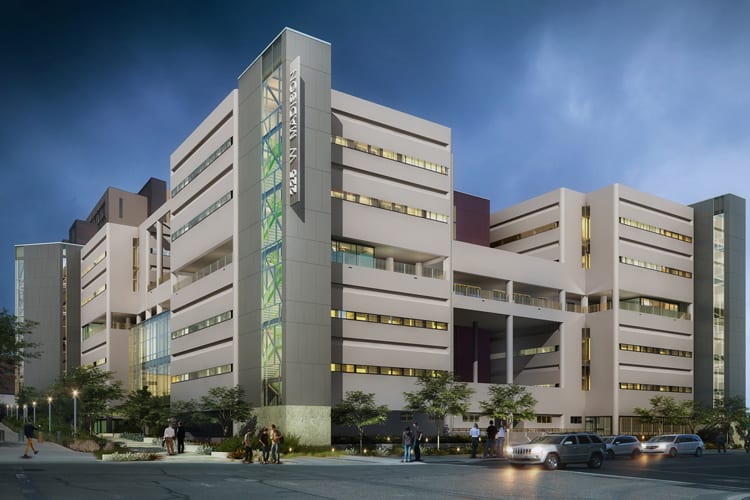Adaptive reuse — converting buildings that were once used for one purpose into other uses — has been a popular investment for decades. And, as the American economy shifted from manufacturing to services, the need for more office space exploded. Add in the emergent trends of large, open and creative spaces and it’s no wonder that old industrial buildings have been a go-to for adaptive reuse projects. In fact, of all office building adaptive reuse projects in the last century, 61% were converted from industrial space. The second-most converted was retail at 19%.
The latest study from CommercialSearch on office adaptive reuse shows 4,283 offices were created through adaptive reuse across the country in the past 100 years.
Here are some key takeaways from the study:
• Phoenix office space grew by 4.5 million square feet or 47 buildings through adaptive reuse over the past century. The city claims No. 22 in terms of buildings adaptively reused for office.
• Arizona is the 21st state in terms of office adaptive reuse, with 70 buildings totaling 5.3 million square feet converted to office space.
• Overall, most of the office buildings created through adaptive reuse in the past 100 years were converted from industrial space (61%), followed by retail (19%) and residential (5%).
• 90% of conversions happened in the past 40 years, one-fifth in the 1980s—the period when office adaptive reuse took off—and 53% in the past two decades.
• More than 2,500 industrial buildings have been converted into office buildings, making it by far the most popular use-type to convert for office use.
• 90% of all office building adaptive reuses have occurred in the last 40 years.
• Minneapolis, Portland and Milwaukee join New York, Los Angeles and Boston in top cities for adaptive reuses.

The 80’s Catapult Office Conversions as Economy Transitions from Industry to Services
Adaptive reuse isn’t new, even for office real estate. But it really didn’t take off until the 1980s. The Industrial Revolution set the stage for large manufacturers that grew even larger with the expansion of railroad networks across the country. Steel and shipbuilding became even bigger business. Meanwhile, technological advancements in radio and electronics — in combination with the consumer-centric boom that occurred after World War II — added gasoline to the industrial fire throughout the nation.
Of all the conversions to office space in the last 100 years, only 3% took place in the first five decades of the 20th century. The 1960s brought with it slightly more adaptive reuses — accounting for 2% of the total — while 5% of them took place in the 70s.
A commercial construction boom coincided with outsourcing and offshoring, which began to draw manufacturing and assembly to other countries. As a result, the need for manufacturing facilities in the United States began to decline and, by the 1980s, the decline was unmistakable. One-fifth of all office conversions in the last century were in the 80’s, representing 4.7 million square feet across 635 buildings.
In fact, 90% of all buildings that have been converted to office buildings were only completed in the last 40 years. Now, not only can industrial buildings be retrofitted into offices rather quickly, but many are also near important amenities for workers, such as major traffic corridors near the city. They can also be less expensive to acquire, as well.
What’s more, the converted warehouse office building trend only hastened further with the advent of creative and coworking spaces. Not only was it more economical to convert a vacant building, but now, it was cool, too.
You can find the complete article here: https://www.commercialsearch.com/blog/100-years-of-office-adaptive-reuse/




